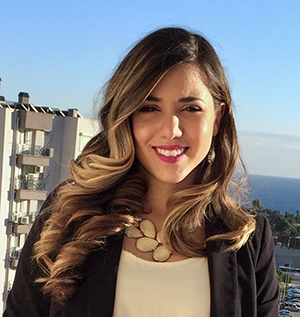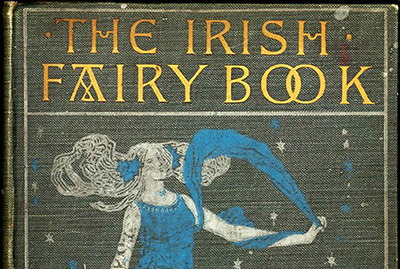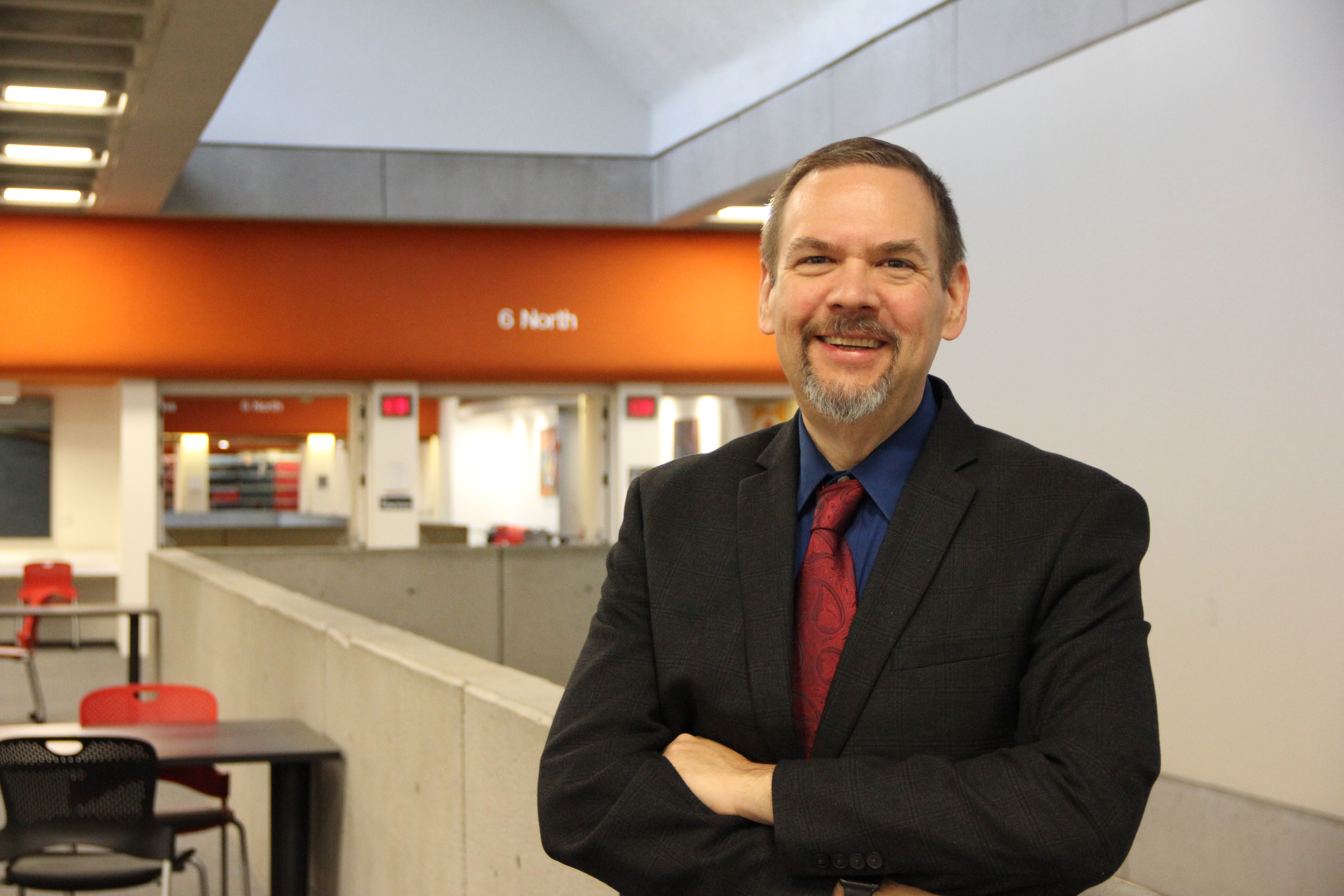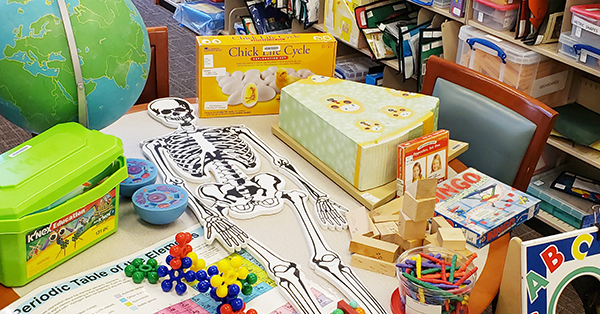
Working in the Digital Scholarship Center

The Digital Scholarship Center (DSC), launched in September 2016 as an academic center, is a joint venture of the University of Cincinnati Libraries and the College of Arts and Sciences. Hosted by UC Libraries, the DSC provides faculty across the university with support for digital project conception, design and implementation. In their catalyst role, they stimulate new opportunities for digital scholarship in a cohesive academic center by assembling technical capacity and expertise, space and computational equipment, access to datasets and student and staff support.
Below is the recent experience of Alexandra Pasqualone, former graduate assistant in the DSC.
____________________________________________
Digital Scholarship Center Twitter Project and Digital Humanities
By Alexandra Pasqualone
While analyzing the Twitter network for the 2016 presidential election at the Digital Scholarship Center (DSC), I developed skills as both a researcher and as a professional. My experience at the DSC, combined with my participation in Dr. Lee’s digital humanities course helped me to develop innovative ways to address my historical concerns while also providing me with skills I can transfer across various disciplines. My invaluable experiences as both an analyst and as a student at UC’s DSC has inspired me to take on new modes of analysis and new digital opportunities during my continued studies as a Ph.D. student.
My interest in working with the DSC began with a superficial understanding of the use of data visualization and digital methods to address historical questions. Prior to working at the DSC, I witnessed the use of digital platforms in historical pieces and knew I could benefit from delving into new modes for analyzing complicated social networks from the past. It was not until I began my GAship at the DSC that I was able to actually execute my plans of using digital methods to examine history. My involvement in the DSC’s Twitter project this past semester introduced me to new modes of historical research by providing me with both the technical skills and new methodological approaches to addressing social networks.
As part of the Twitter project, I used data visualization to analyze a sample of handles and Twitter feed from the 2016 presidential election. I examined prominent handles on Twitter during the September debate and November’s Election Day in order to determine the centrality of major handles on either side of the presidential debate and their influence within the Twittersphere. I studied handles highest in degree and betweenness in order to determine their role and prominence in the election and examined various sets of visualizations to determine the use of right-leaning and left-leaning hashtags and their co-occurrence in tweets. I also employed knockout testing to determine the importance of certain handles within the Twitter network and their relationship to other handles. Finally, I used visualizations to highlight the major nodes on either side of the presidential debate in order to visualize the strength of their connections or edges to one another.
These methods helped in supporting claims that right-leaning handles used Twitter more effectively than left-leaning handles in order to support their favored presidential candidate, Donald Trump. More importantly, these varied techniques helped in preparing me to analyze future network visualizations. Through the Twitter project, I was not only introduced to new terms and their functions including nodes, edges, centrality, degree, and betweenness, but I also learned new methodologies for academic research. The same tools I used to analyze Twitter, can be utilized to approach my historical research questions related to social networks of major civil rights organizations and their connection to high school student protests.
In addition to the techniques related to analyzing network visualizations, the Twitter project allowed me to explore the technical skills involved in creating these visualizations. Through the help of DSC staff, I was introduced to the programming language of Python used to create the Twitter network visualizations. While I would need to study this language much more extensively before becoming proficient, the introduction to Python via the Twitter network helped me to gain an understanding of programming language and its capabilities. In many ways, my work at the DSC helped to make utilizing the benefits of digital platforms more attainable.
As a graduate student working in the DSC, my work focused mainly on analyzing visualizations. As part of the digital humanities course, I not only learned new methods for creating and analyzing these visualizations, but I also expanded my understanding of digital humanities and the various platforms and approaches that fall within this field. As a researcher whose work focuses mainly on examining written documents, learning methods such as text encoding through TEI and modes for viewing data structures through programs such as Tableau have been extremely invaluable. These new mechanisms for viewing historical writings has and will allow me to take advantage of a larger corpus of data in order to explore diverse historical questions. This course also helped in developing my own data visualizations through Gephi. While my experience at the DSC introduced me to this program, the DH course allowed me to explore the methodology that went into collecting and displaying the data behind the visualizations.
As my final project for the digital humanities course, I used a sample of the archival documents I gathered from Temple’s Urban Archives to create a network from major participants in Philadelphia’s Home and School Council Network during the 1960s and 1970s and their involvement with student protests during this period. The class taught me how to transfer these written documents into machine-readable language in order to create a visualization of these major figures and their communication with one another. I was able to set parameters based on the language used in the texts and wrote out a methodology to support my reasons for these choices. Through this class, I learned the autonomy researchers have when creating and interpreting these digital networks. I was also able to address individuals that would otherwise be ignored when examining high school student protests of Philadelphia during this period.
By participating in the Twitter project at the DSC as well as Dr. Lee’s Digital Humanities course, I learned both the mechanisms for creating and analyzing data visualization as well as other new techniques for addressing questions asked by humanists. This new approach to my historical research has opened my eyes to the capabilities and potentially the necessity of using digital approaches to attend to historical claims. These experiences have also helped in acquiring a deeper appreciation for digital humanities and the value of using digital platforms for broader humanistic-based research.
By participating in the Twitter project at the DSC as well as Dr. Lee’s Digital humanities course, I learned both the mechanisms for creating and analyzing data visualization as well as other new techniques for addressing questions asked by humanists. This new approach to my historical research has opened my eyes to the capabilities and potentially the necessity of using digital approaches to attend to historical claims. These experiences have also helped in acquiring a deeper appreciation for digital humanities and the value of using digital platforms for broader humanistic-based research.
_________________________________________________
Of note, the DSC was awarded in 2018 a $900,000 grant from the Andrew W. Mellon Foundation to advance their “catalyst” model for digital scholarship (DS) across multiple disciplines. The Mellon Foundation grant supports transdisciplinary teams that genuinely span multiple disciplines, drawing from the “team science” model used in biomedical research, with people trained to think very differently about every step in the research process: formulating research questions, gathering relevant data, analyzing information and presenting conclusions.
In April 2019, the DSC was selected in a competitive university-wide process to be one of the “anchor teams” in the university’s new Digital Futures building, which aims to create five-seven nationally-recognized centers of excellence in research. As part of the Digital Futures initiative, the DSC will lead the university’s human-centered artificial intelligence initiative, where they hope to place the humanities and social sciences at the core of AI applications.
For more on the DSC, visit their web site at http://dsc.uc.edu/.


